Sustainable fashionFair trade clothing and eco-fashion are gradually conquering the fashion market. But what is behind sustainable clothing? In this article, I will answer this question and explain the fabrics, advantages and disadvantages and certificates of fair trade fashion, as well as show you where and from which brands you can buy sustainable fashion and why swapping clothes is also worthwhile. Let's go!
Here is another short Table of contents for the article:
- Definition
- Material & Fabrics
- Reasons for the switch
- Advantages & Disadvantages
- Different designations
- Seal & Certificates
- Buy sustainable fashion
- Swap instead of buy
- Give away & Sell
- Future
What is sustainable fashion?
If you want to buy sustainable fashion, make sure that it is produced in a fair, socially responsible and sustainable way so that neither the environment nor people are harmed. In short, the motto is "organic and fair, instead of plastic and child labor". Sustainable fashion, such as the Life without plasticto the new natural-conscious society that is developing more and more. Ecological fashion is divided into several sustainability criteria, which I would like to explain to you in a few sentences below:
1. fashion from organic raw materials
In clothing made from organic material you are guaranteed not to find plastic fibers, because Organic cottonnatural linen or basically organic natural fibers, are of course free of harmful substances. More and more manufacturers are using organic and sustainably grown materials for clothing. As you will see in the advantages of sustainable fashion, this natural form of clothing is also more durable than synthetic fashion.
2. resource-saving production of the clothing
Just as the longevity of organic fashion conserves natural resources, the entire production of clothing should also be as resource-efficient as possible. Outdated methods for processing fashion usually consume a lot of energy and water, while new techniques enable very resource-efficient production. For the CareElite wooden toothbrushes I use natural bamboo wood, for example. Bamboo, like cork, hemp or linen, is a very sustainable material and is also suitable for making ecological clothing. The material is sustainable because it grows back very quickly. Bamboo wood, for example, grows up to one meter a day.
3. recycled or upcycled fashion
Recycled or upcycled fashion is sustainable because it reuses old, previously used material. For example, Adidas has recycled the "Adidas x Parley" running shoe from plastic waste from the sea. The shoe not only looks cool, but also reuses the plastic waste. Plastic waste from the environment. On the subject Fashion made from plastic waste I have written a separate article on this topic. In addition to clothing made from recycled materials, upcycling clothing is also attracting a lot of attention. Whether bags made from truck tarpaulins, hats made from Jute sacks or pencil cases made from comic book pages. Moreover, upcycled products and upcycled fashion are usually unique, which makes this form of sustainable fashion particularly interesting.
4. locally produced clothing
If a fashion brand has its clothing produced in Bangladesh, for example, then you can assume that it has been sewn together for a pittance and that the fashion has been transported over long distances. This is anything but sustainable fashion. That's why it's nice when production, including the entire supply chain, takes place in one place, e.g. in Germany. Here, production is based on strict labor laws and the transport routes in the supply chain are short.
5. fair & social fashion
There are two labels for sustainable fashion that confirm compliance with ecological standards and the underlying working conditions. The GOTS certification (Global Organic Textile Standard) is a worldwide standard for textiles and clothing made from organically produced natural fibers. GOTS-certified clothing confirms that the minimum social and environmental standards have been met throughout the entire supply and production chain. There is also a label for sustainable clothing Fairtrade sealwhich relates in particular to the social aspect of production. With fair trade clothing, for example, you can rule out the possibility that child labor was used to produce the clothing or that the production workers received an undignified salary.
So when is fashion sustainable?
Fashion can be described as 100% sustainable if it meets all these criteria. Some fashion labels operate GreenwashingThe conditions mentioned are highly unlikely to be met. However, these conditions make fashion sustainable and force the big fashion companies to give in to the ever-increasing demand for ecological fashion.
Fair Trade Clothing Material & Fabrics
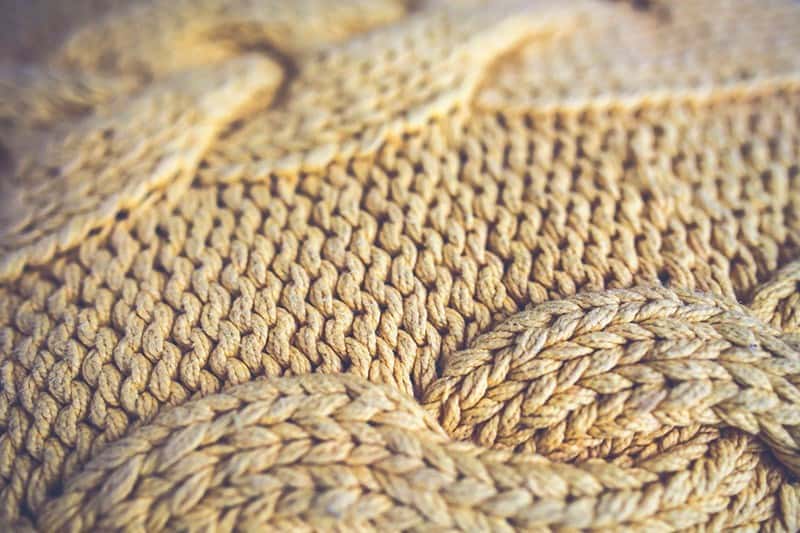
Cotton and other raw materials for textiles are becoming increasingly scarce and natural, plant-based alternatives are needed. They are already in the starting blocks. When buying your clothes, you should therefore pay attention to the material used. You may also want to produce an eco-friendly item of clothing yourself. In both cases, you can check whether you want to use one of the following sustainable materials or one of the following sustainable manufacturing processes:
Sustainable material for sustainable fashion:
- Organic cotton is grown alternately with other plants without chemical pesticides
- Organic wool is wool from species-appropriate, organic sheep farming
- Hemp consists of individual hemp fibers, which are processed into clothing
- Linen is obtained from natural, resource-saving flax cultivation
- Organic silk is made from the cocoon of the silkworm caterpillar
- Milk silk / Milk fiber is a smooth substance obtained from milk protein powder
- Modal is a natural, elastic viscose fiber
- Lyocell is a natural material made from eucalyptus and beech wood
- Wild Silk / Peace Silk is produced from caterpillar cocoons (pupa already hatched)
- Banana fibers / Musa fibers are made from the trunk of the banana tree
- Soy(silk) consists of soybean proteins (by-product of tofu production)
- Bamboo viscose is a textile fiber made from sustainable bamboo wood
- Lenpur viscose consists of pruning branches and twigs
- Seacell® Textiles are made from seaweed, which grows back very quickly
- Tyvek® is a polyethylene fiber that is reprocessed up to 5 times into new clothing
Sustainable manufacturing process for sustainable fashion:
- Recycling from already used plastic to new products (e.g. to Adidas running shoe)
- Upcycling from old things to new products (e.g. carrier bag made from truck tarpaulin)
- Cradle to Cradle (from the cradle to the cradle) is a biological product cycle without waste
The material should always be separable by type and 100% recyclable if it is to be described as sustainable textiles or sustainable fashion. Many more natural fabrics for textiles will certainly be created in the coming years. If you are missing a textile fabric or a sustainable form of processing in the list, please write me a comment under this article.
The reasons for sustainable fashion
In Germany in particular, clothing has degenerated into a kind of disposable fashion. People are looked at askance when they wear an old outfit again. What's more, most of the clothes produced by the big fashion companies contain toxins that are harmful to our health and the environment. In the following, I would like to give you an overview of the reasons for switching to fair, sustainable fashion:
- Clothing is directly on our skin and therefore should not contain toxins
- Fair fashion is produced under fair, social conditions as e.g. without child labor
- Sustainable fashion consists of unlimited raw materials instead of e.g. petroleum (plastic)
- Fashions made from natural materials such as hemp decompose in the environment within a short time
- Clothing made from synthetic materials such as plastic, on the other hand, remains in nature for centuries
- Non-sustainable clothing contains toxins such as phthalates, NP or NPe, which disrupt the endocrine system
- Sustainable clothing is more durable than unnatural cheap clothing
- ….
I could go on and on with this list of reasons for sustainable fashion. Can you think of anything else? Then feel free to write it in your comment under this post.
Advantages & disadvantages of sustainable fashion
I would like to give you a nice overview of the advantages and, of course, the disadvantages of ecological, sustainable fashion. I will then say a few words about the advantages and disadvantages of each.
| Advantages | Disadvantages |
| Healthy working conditions in production | Sustainability currently still difficult to understand |
| No exploitation/child labor in the production chain | Higher price |
| Durable and comfortable to wear | Quality seals are still confusing |
| Resource-saving and environmentally friendly | The look is often unfamiliar |
| Does not harm our health | Few stores currently have areas with sustainable clothing |
On the benefits of sustainable fashion
Here, as promised, a few words about the aforementioned benefits of sustainable fashion:
No exploitation
With excellent, sustainable clothing, you can be sure that it has been produced fairly and without child labor. Many major fashion brands still use child labor and this should not be supported. A big advantage of sustainable fashion.
Healthy working conditions
Little to drink, dusty factory halls where workers have difficulty breathing and are exposed to toxic substances. By buying sustainable fashion, you avoid these conditions for the production of your clothes.
Durable and comfortable to wear
Ecological clothing is of a higher quality, is generally more hard-wearing and therefore also more durable. So it's worth spending a few cents more. Sustainable fashion is also more comfortable to wear and does not absorb odors as quickly as fashion made from plastic, for example.
Environmentally friendly, resource-saving production
For me, this advantage of sustainable fashion is particularly important. By opting for natural clothing, you avoid using limited raw materials such as petroleum (or crude oil) to make your clothes. Instead, naturally renewable raw materials such as hemp, flax or bamboo are used, which would also decompose quickly in the environment. Plastic, on the other hand, lasts forever and only slowly decomposes into Microplastics.
Tip: Not only the product itself, but also a corporate philosophy focused on sustainability can make a difference. For example, by T-shirts with prints at EMP, social organizations are supported. You can also choose your fashion there according to the characteristics that are important to you, such as sustainable production, the absence of Fur or organic cotton choose
Not harmful to health
In contrast to the toxins in conventional plastic clothing, sustainable fashion is not harmful to health because the clothing is free of harmful substances. Many sweaters, shirts and other items of clothing made from plastic contain harmful substances that have a negative impact on our hormone balance and therefore affect our health.
The disadvantages of ecological clothing
Following also a few words about the disadvantages of sustainable fashion:
Higher price
If an item of clothing is to be sustainable, it must of course also be produced more elaborately. In return, you forgo the use of limited resources, child labor and subterranean low wages in production. However, investing in sustainable fashion is worth it, as the garments are generally far more durable and do not fade as quickly as artificial fashion.
Sustainability difficult to understand
As a buyer, you have to rely on certifications and seals, as you have no insight into the entire supply chain. It is difficult to measure how sustainable the production of organic fashion was between the individual tests. For example, there may be unexpectedly higher transportation costs or a lot of plastic may have been needed for transportation.
Quality seal currently still confusing
GOTS, Fair Trade, eco-fashion... There are now many environmental labels for sustainable clothing. It is therefore no longer easy to keep track of them and some seals have security gaps. In addition, there are many self-created seals on the Internet that make an official impression, but are not a confirmation of a sustainable manufacturing process or social and fair working conditions.
Unfamiliar look
For many, the look of organic clothing is certainly strange at first. It often takes a little time to get used to, as natural fashion is generally not as shiny or smooth as conventional cheap fashion made from synthetic materials.
Scarce equipment in stores
The fashion market is incredibly large and the trend towards sustainable fashion is only slowly joining the masses of cheap clothing from manufacturing processes that are anything but socially, fairly and environmentally friendly. For this reason, fashion stores currently only have a limited range of sustainable fashion or none at all.
Different designations of sustainable fashion
With so many different names for sustainable fashion, it's hard to keep track of everything. But I would like to give you an overview of the different terms:
Slow Fashion
Fashion connoisseurs like to divide clothes into Slow Fashion and fast fashion. While the term Fast Fashion While the term "slow fashion" refers to short-lived fashion trends that disappear back into the wardrobe after a short period of wear and waste vast amounts of natural resources, slow fashion is the exact opposite. Slow fashion describes sustainable fashion that is long-lasting and independent of trends and has now developed into a kind of lifestyle. Slow fashion aims to create environmentally friendly, long-lasting clothing under fair and social working conditions with the lowest possible production and transportation costs.
Fair Trade Clothing
Fair Trade is an international trade agreement that checks products for social, ecological and economic criteria and, if necessary, awards them a corresponding Fair Trade seal. It creates standards that improve trading conditions and thus also safeguard the rights of disadvantaged economic players. When you buy Fair Trade clothing, you can be sure that it has been produced under good working and environmental conditions and under fair conditions throughout the entire supply chain.
Eco-fashion
So-called eco-fashion is a broad term for sustainable, environmentally friendly clothing that is particularly resource-friendly and saves a lot of water and the use of chemicals during production. With eco-fashion, you can be sure that it is comfortable to wear and very kind to the skin.
Second Hand Fashion
Sustainable fashion does not necessarily have to be made from natural materials. If you buy second-hand fashion, for example, you save money and also reduce the consumption of raw materials. Second-hand fashion is nothing more than repurchased fashion from someone who has already worn it. As fashion is a matter of taste, someone else may like the fashion you have already discarded. This is good for the environment and your wallet.
Recycling and upcycling fashion
Recycled fashion consists of material that is reused. For example, the Adidas running shoes made from recycled Marine litter. Such a social and sustainable product has the nice side effect that the Plastic waste in the environment and gets more attention in the media. Upcycling fashion is made from old truck tarpaulins, plastic bottles or old comic books, for example. The resulting fashion is usually unique and looks surprisingly cool.
Certificates and seals for sustainable fashion
As consumers are not usually able to classify clothing as sustainable or non-sustainable at a glance, many labels have been introduced. The following eco-labels are used to identify pollutant-free, sustainable fashion and fair trade clothing:
Fair Trade Seal
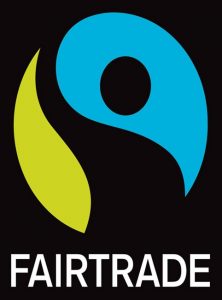
The Fair Trade seal confirms the sustainability of clothing, particularly with regard to ethics in production. If you buy an item of clothing that is marked with the Fair Trade seal, you can assume that it has been produced under the standards for fair working conditions (fair pay, no unhealthy factory halls, no child labor). In addition, the production of excellent fair trade clothing is free of any chemicals. However, another seal should always be consulted when assessing environmental friendliness, as fair trade cotton, for example, may not come 100% from purely organic cultivation.
Ökotex seal
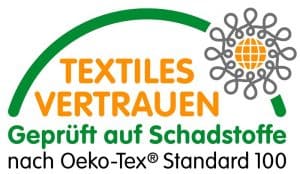
Ökotex is intended to show the consumer that a garment is safe from an ethical and ecological point of view. Unfortunately, the Ökotex seal has some weaknesses. For example, the Ökotex seal only completely excludes carcinogenic and allergenic dyes; other substances of concern are only subject to limit values. The seal for sustainable fashion also has gaps when it comes to social aspects such as fair wages or appropriate working conditions. In my opinion, what is missing is a clear, consistent line in the assessment.
IVN-Best
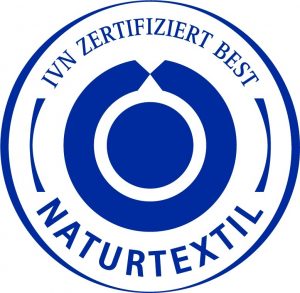
The IVN Best seal is awarded to natural textiles and natural leather under very strict conditions throughout the entire supply chain. Social standards must be adhered to, the material must be 100% organic and no substances that are harmful to health or the environment may be used in production. The IVN seal does not stop at one inspection. Suppliers are inspected again once a year and must continue to meet the requirements. For me personally, the seal is the most important seal for reliably labeling sustainable clothing.
GOTS certification
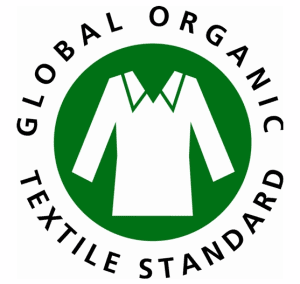
The GOTS certificate (Global Organic Textile Standard) certifies that textiles and clothing are made from organically produced natural fibers. The clothing must meet environmental and social requirements along the entire supply chain. GOTS aims to ensure and evaluate the production of sustainable garments, from the extraction of the raw material to fair and social production and uniform labeling for the end consumer.
Bluesign® seal

The Bluesign seal for sustainable fashion was created back in 2000 by Swiss textile experts to minimize the impact of the textile industry on the environment. You will see the Bluesign seal on garments that have been processed to at least 90% in certified factories throughout the supply chain. Care is taken to ensure that production is as low in harmful substances as possible by setting clear guidelines for the use of toxic chemicals. Both environmental and social aspects are taken into account when assessing the garments.
Buy fair, sustainable fashion
In this section, I would like to show you where and how you can buy fair trade clothing or sustainable fashion. I'll show you the best online stores for sustainable clothing and the most popular fashion brands.
Sustainable fashion online stores
There are already a whole host of online stores where you can buy selected, sustainable fashion. Here is a small overview for you:
Greenality - In this online shop you will only find sustainable fashion. Organic fashion and fair trade clothing is available for men, women and children. The styles are really cool and look almost indistinguishable from conventional fashion made from synthetic materials.
Avocadostore - The online store describes itself as a marketplace for eco fashion and green lifestyle. This fits very well, as the store offers sustainable fashion for men, women and children, as well as plastic free products from the lifestyle sector.
Glore - In this global online store for sustainable fashion, you can also get cool clothes for men, women and children as well as fashion from specialty areas such as yoga. The store has been awarded the above-mentioned quality seals.
These are just three really good online stores for sustainable fashion that have already proven themselves. Feel free to write a comment if you know and have tried other online stores where you can buy fair trade clothing.
Fashion labels for sustainable clothing
Bleed - I was really impressed by this German fashion brand for sustainable fashion. Here you can buy fair trade clothing made from organic cotton, hemp, cork, linen and other natural fabrics. Bleed fashion is beautifully presented and described in detail.
People Tree - The fashion label from London has been at the forefront of sustainable fashion for many years. From sustainable summer dresses to fair trade clothing for babies and children, everything is available.
Woody - The Austrian fashion label Woody specializes in the production of sustainable shoes. They use a stable and beautiful wooden sole for their shoes. There are cool sustainable shoes for both men and women.
We can continue to add to this list of online stores and brands that stand for sustainable fashion. As I said, just write a comment if you can think of another suitable website.
Swap sustainable clothing instead of buying
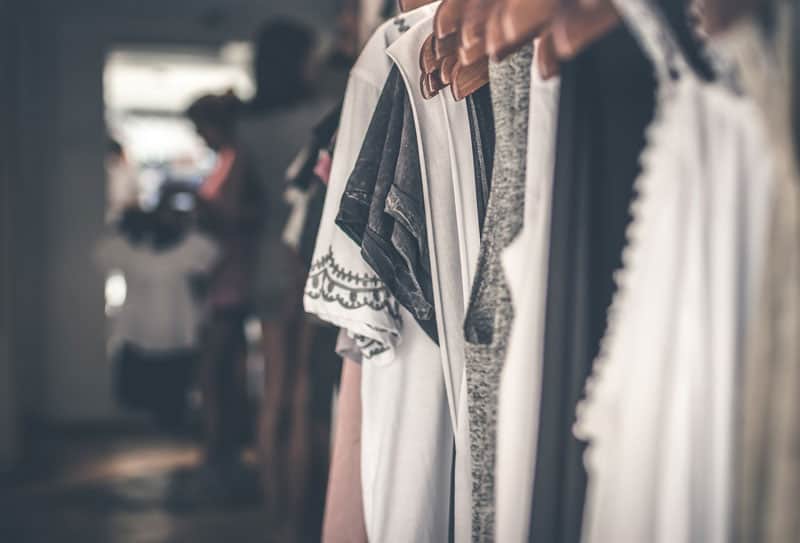
It is also not particularly sustainable if the sustainable shirts, sweaters and pants you buy disappear back into the wardrobe after a season, while other people could make good use of the items of clothing. So make sure you know whether you really need the item of clothing you want or whether a second-hand item of clothing that is no less bad will do. In the spirit of the Minimalism you should also think minimalistically when shopping for fashion to save resources and your wallet. The following platforms are ideal for swapping clothes instead of buying them:
- Kleiderkreisel.de - Here you can give away or sell all your surplus clothing and vice versa. As it is mostly second-hand fashion, the prices are affordable. Kleiderkreisel is a huge marketplace for second-hand fashion.
- Ubup.com - Ubup is Germany's largest online store for second-hand fashion. In contrast to Kleiderkreisel, the store is designed like a normal online store with a shopping cart. Ubud upcycles used fashion and offers it for resale at reasonable prices. According to the company, 750,000 items of second-hand clothing were sold via the website in 2015.
- dieauschboerse.de - Tauschbörse is a German platform where you can swap clothes as well as many other things from over 600 categories. Ideal and in the spirit of the Zero Waste Lifestyle you can swap things you don't need for things you find interesting. This is sustainable because no new natural resources are needed.
- eBay Classifieds.com - A lot of clothes are also offered for sale on eBay classifieds. New fashion, but mostly second-hand fashion. As with the other platforms, you can also buy, sell and swap clothes here. The eBay classifieds app is also one of the most popular Zero Waste Apps.
- …
These are just a few examples of platforms where you can easily buy, sell, give away and swap used clothes and make a contribution to greater sustainability.
Where to put the old clothes?
Over the years, we accumulate a lot of clothes that we no longer wear. Leaving them in the depths of your wardrobe or even in the cellar is anything but sustainable. That's why you should give them to people who can really use them. Would you rather give your old clothes away or sell them and get a few euros for them? I have a few places for you to go for both options here:
Sell old clothes
If you would like to have a few more euros for the clothes that you once bought at a high price, I recommend going to a second-hand store near you. You will usually find buyers there. Alternatively, you can also sell your old clothes online, e.g. on Kleiderkreisel or eBay Kleinanzeigen. However, the effort involved in listing all your clothes online is not insignificant.
Donate and give away clothes
It's really cool to donate or give away your unused clothes to people in need. Contact points are social institutions in your area, where your used clothes can be checked again and then sold locally. Refugee homes are also a good place to go, but the need for household utensils and other items is often greater than the need for clothing.
Note: Even if it feels like a good deed, shipping your clothes to e.g. Africa is very dangerous for the existing local clothing markets. This is one reason why several countries have banned the import of second-hand clothing.
The future of sustainable fashion
For years, there were no alternatives to the big fashion brands, whose clothing is anything but environmentally friendly, fair and socially responsible. With the trend towards sustainable fashion, consumers themselves are setting the direction in which the fashion market will develop in the coming years. Sustainable fashion is part of a major movement, part of a society with a new awareness of nature and more humanity. This increases the pressure on manufacturers of cheap clothing. Fashion brands that do not adapt to this development will disappear over time.
Organic, ecological fair trade clothing will shake up the fashion market. That's my opinion. What do you think about the future of the fashion market and do you have any other experiences or questions about sustainable fashion that you would like to share? Then I look forward to your comments under this post.
Best regards,

PS: You can already get your fashion sustainably now! 🙂 What about your plastic waste in everyday life? In the article Life without plastic I'll give you lots of tips on how to avoid waste. Have fun!
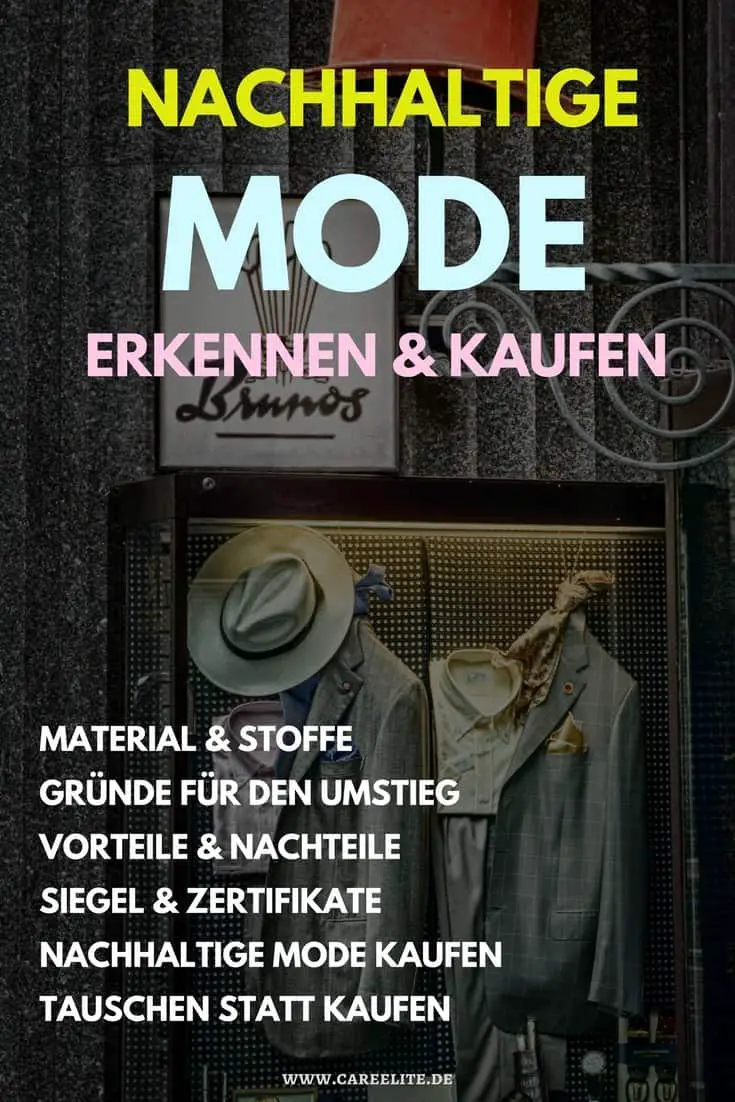

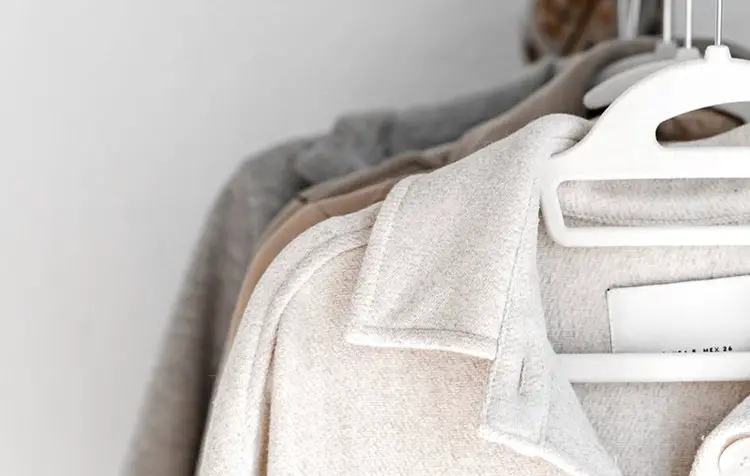

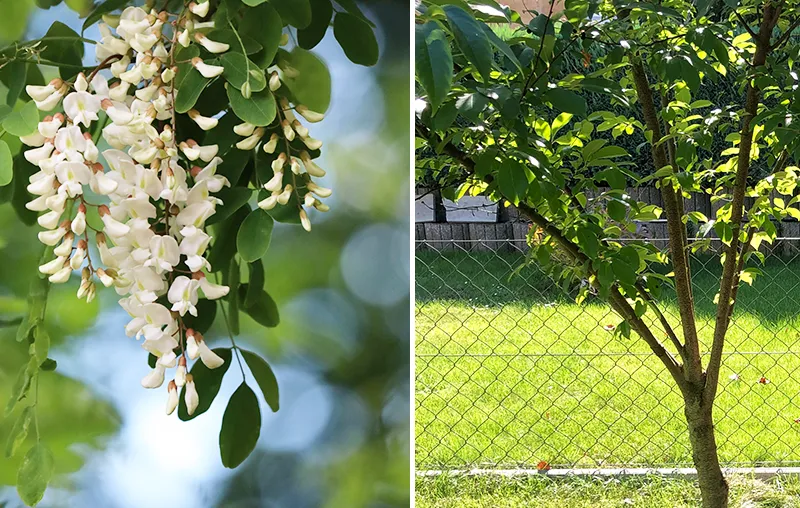
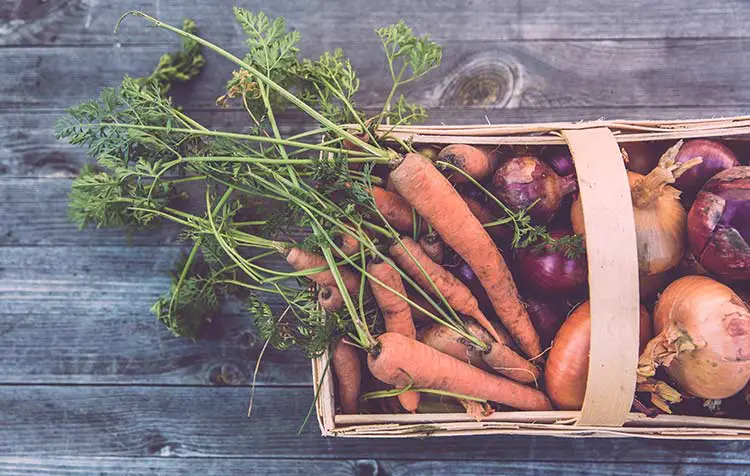

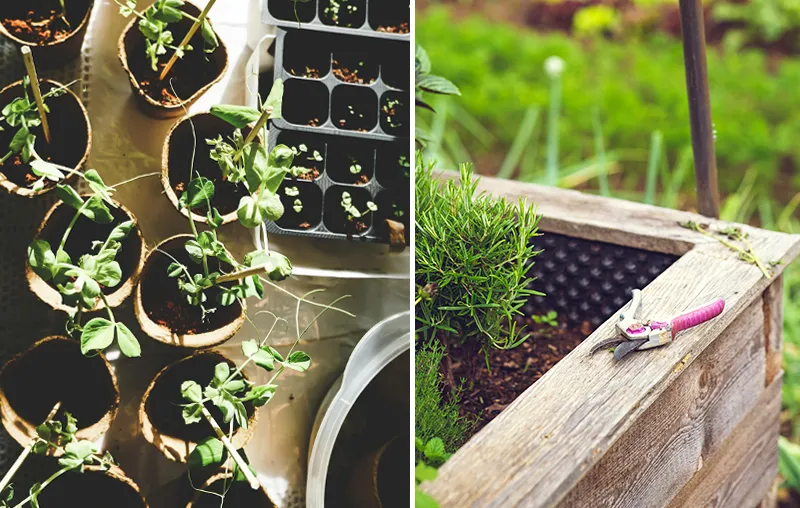
To the heart touching reflections and quite precise and exciting! My heartfelt thanks for the meaningful impetus to think! My friend gets the clothes in the second-hand stores and looks no worse compared to the others. For me, however, fashion is what suits yourself and what you feel comfortable in.
Hi Helga, you're always welcome! Thanks for your positive attitude. Well, of course, it's also just about doing something about the Fast Fashion to undertake. Of course, you can also buy something new sometimes 🙂
Best regards
Christoph
Hello, great compliments for the extensive and comprehensible information and suggestions. I am on the right track, it seems to me, only it actually takes quite a while to use up the Plstikartikel, in a OnePerson household.
However, one thing bothers me enormously, and not only with you, why is everything recommended via Amazon? Amazon has nothing to do with sustainability, sustainable are small stores, personal contacts or even small providers on the Internet. I order, for example, from Kräuterland or a small fermentation manufactory. Why aren't small and medium-sized businesses offered a larger platform?
A point to ponder????
Love greeting Sieglinde
Hi Sieglinde, thanks for your feedback 🙂 .
I'm working on many new partnerships right now, so especially sustainable stores get great opportunities here. Since I do this work alone, it unfortunately takes time. Thank you for your understanding and have fun with CareElite.
Best regards
Christoph